|
Execla Health Latrobe Family Medicine Residency - “Chilling with Pottery”
Alexander Porter DO PGY3
Introduction
Physician burnout is the increased emotional exhaustion experienced from work. This results in a more distant approach to the job and a declining sense of personal accomplishment. The New York Times article “Physician Burnout Has Reached Distressing Levels, New Research Finds” by Oliver Whang reported a survey of physician burnout nationwide from the end of 2021 to the beginning of 2022. The survey found 63% of physicians reported one symptom of burnout that has increased from 44% since 2007. The Accreditation Council for Graduate Medical Education (ACGME) created program requirements to address wellness and have taken steps to make schedule changes for residents in the early 2000s.1 The problem of burnout involves many factors: increased messages from patients, increased paperwork, and lack of outlets to express frustration. Creating opportunities for physicians to balance work with life will help decrease physician burnout.
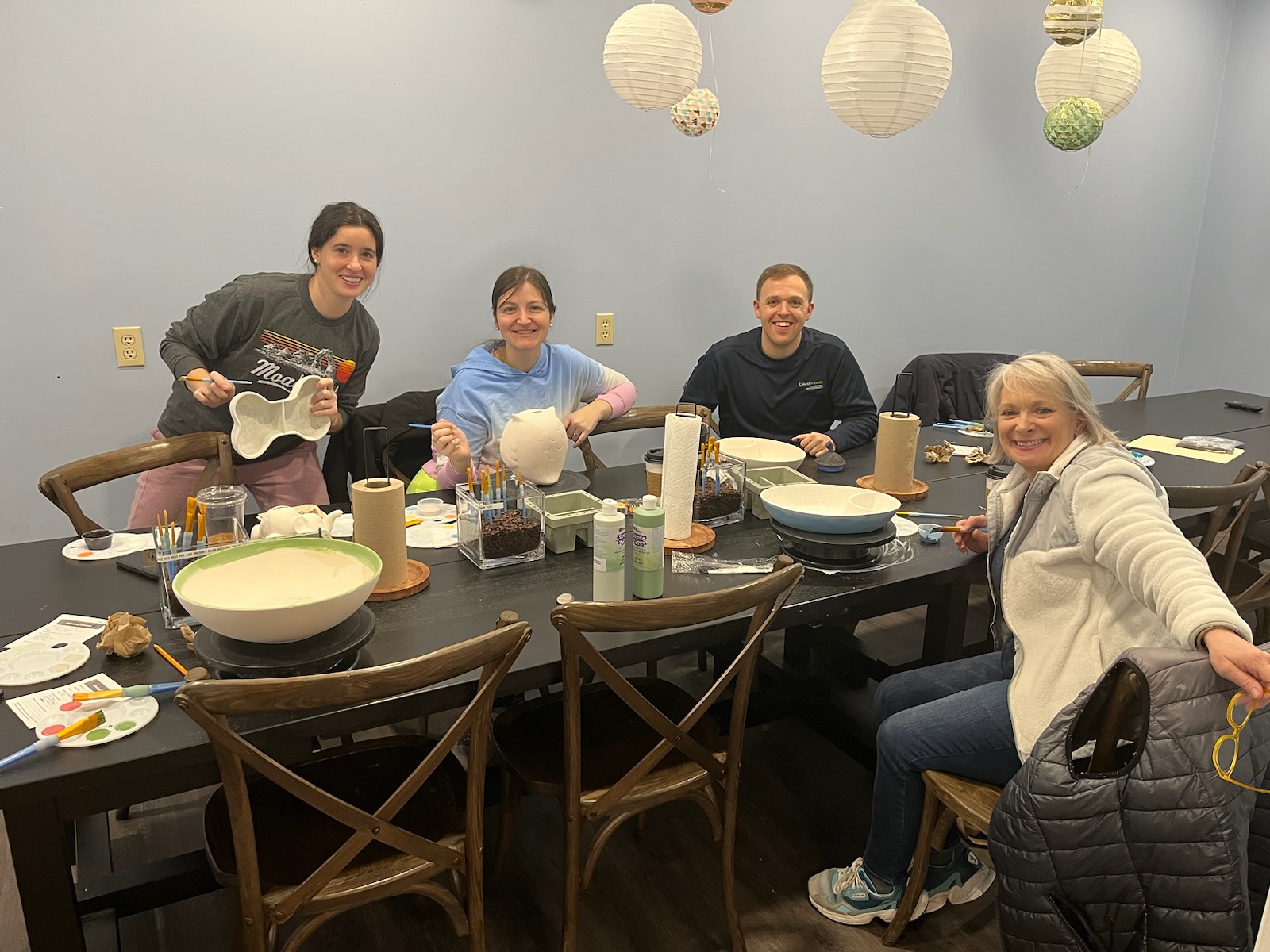 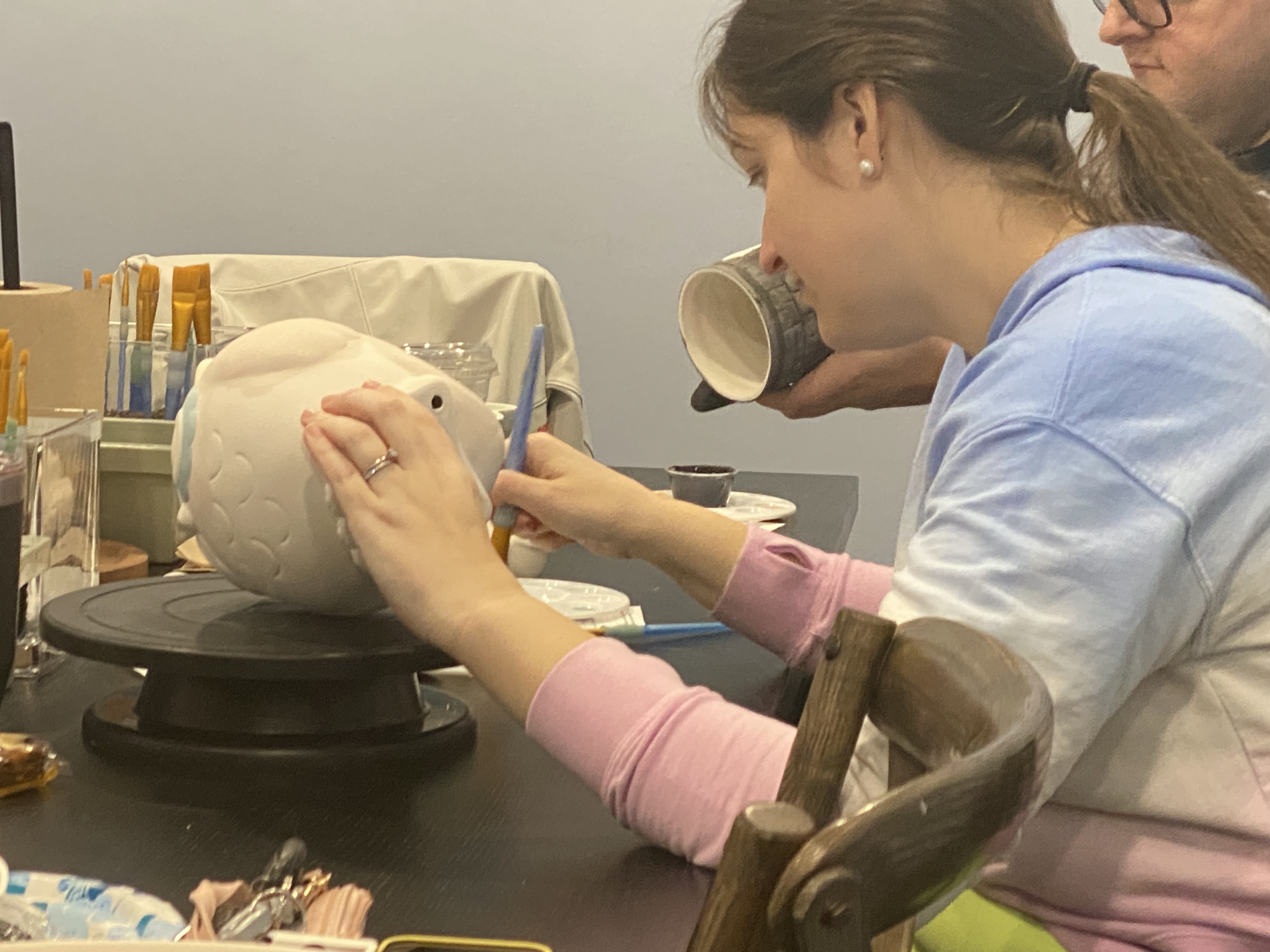 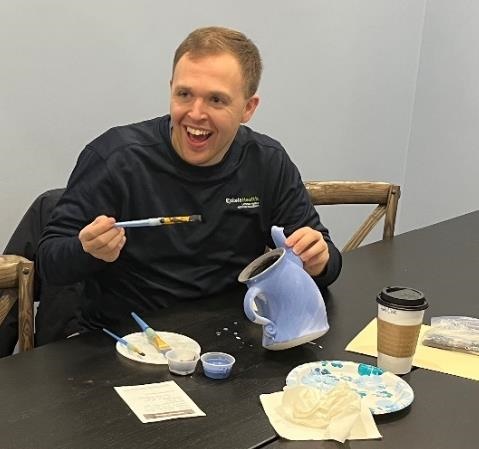
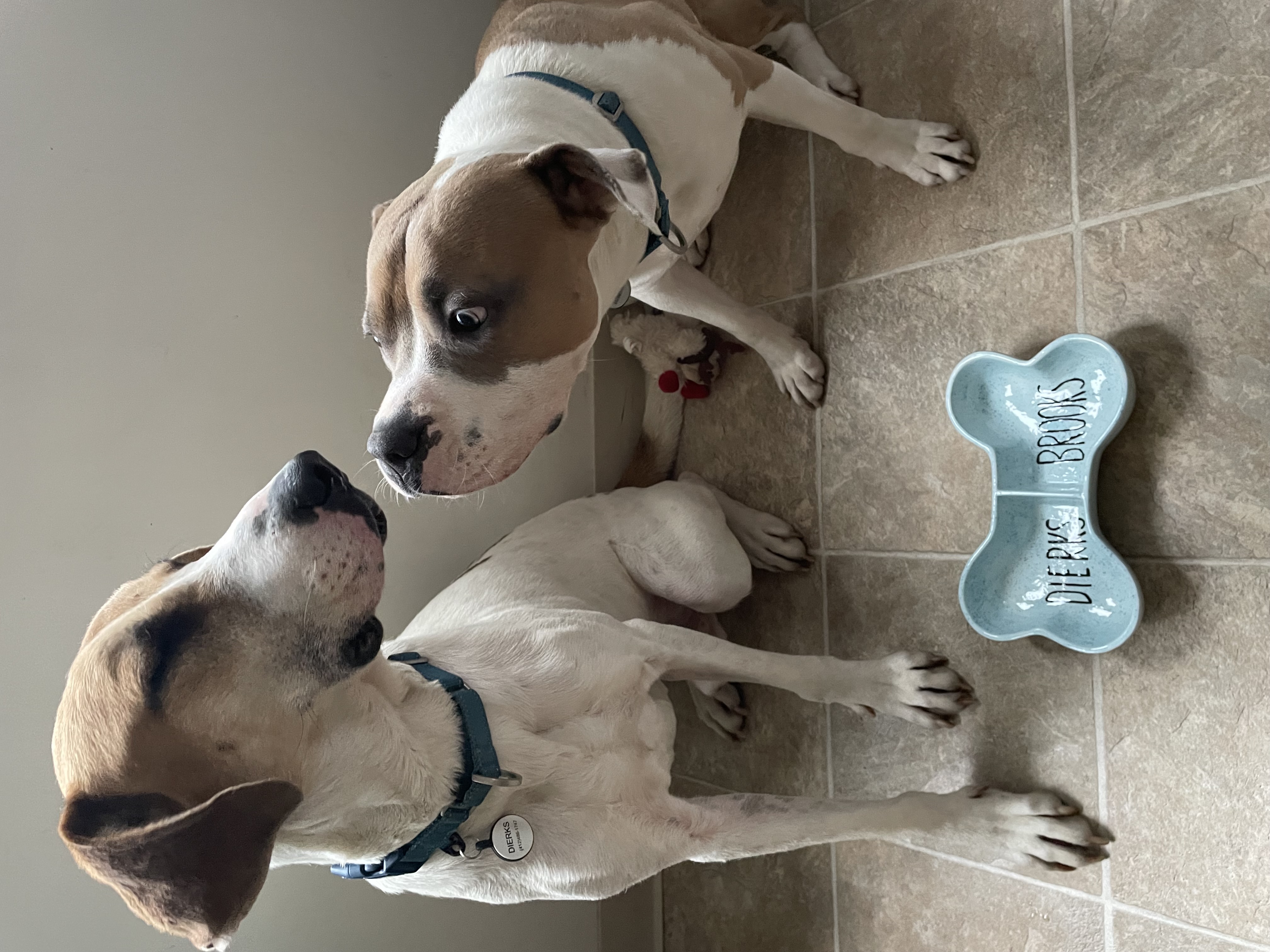 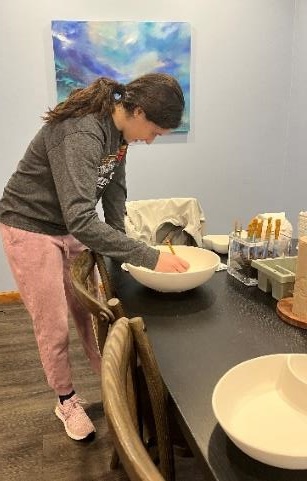 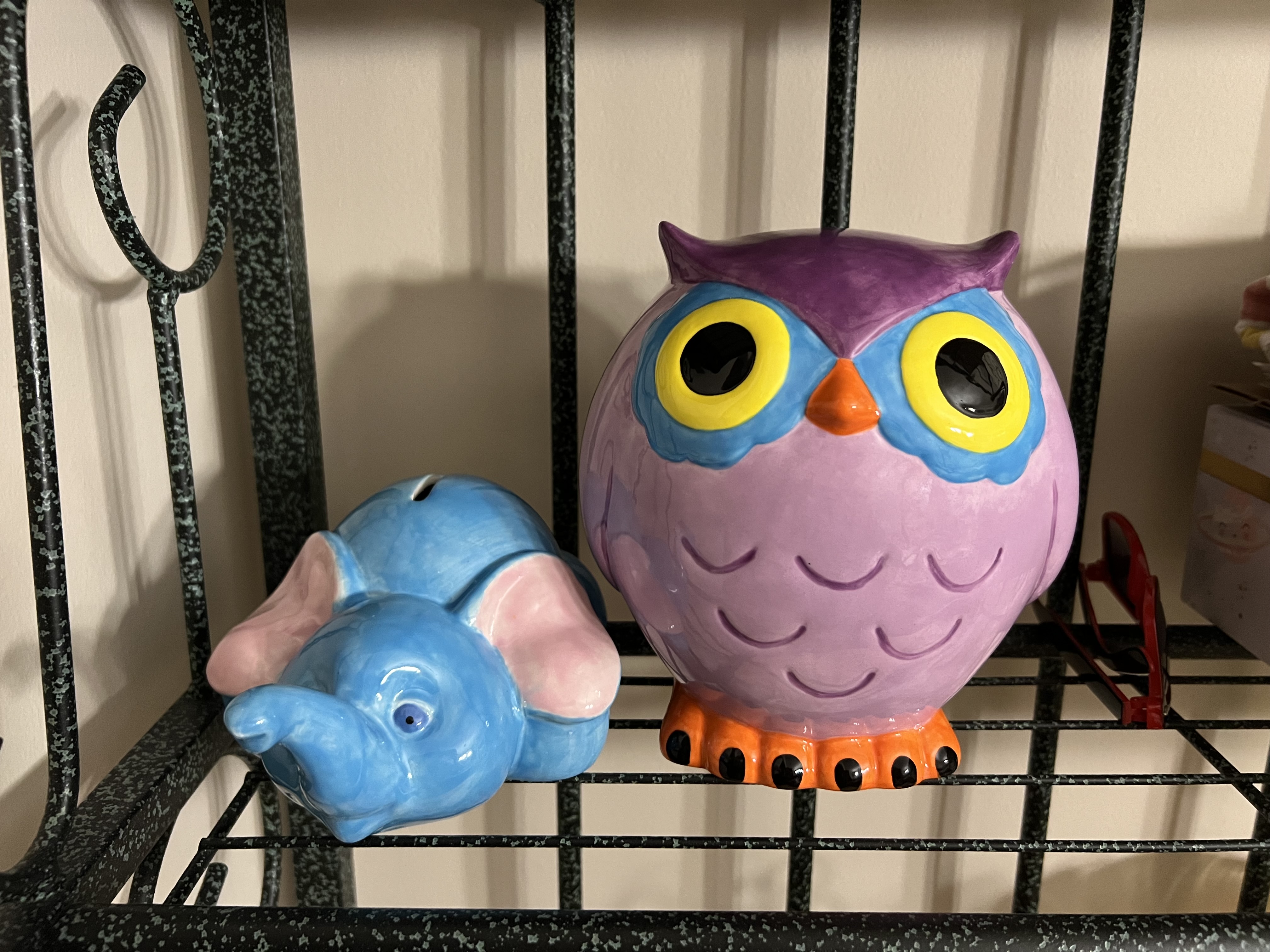
Ishak et al., described in their paper "Burnout During Residency Training: A Literature Review", the importance of developing active awareness of burnout and providing interventions during the process of residency training. The literature reported studies using the Maslach Burnout Inventory to access burnout among different residency specialties included: anesthesiology, dermatology, emergency medicine, family medicine, internal medicine, neurology, obstetrics/gynecology, ophthalmology, orthopedic surgery, otolaryngology, pathology, pediatrics, psychology, and surgery. They found on average the burnout rate was 50% among residents. The paper described interventions to mitigate burnout. This included workplace driven interventions that help to balance workload, mentoring programs, and designated leader to organize a wellness team. Furthermore, individual driven activities such as meditation, yoga, reflective writing, music, exercise, counseling, and developing social networks helped to combat burnout. Balance in all aspects of life seemed to be the most effective way to work through burnout.
A study performed in Singapore found that art-based therapy improved the mental wellbeing of healthcare workers. Time was provided during the healthcare worker’s workday to complete Mindful–Compassion–Art–space Therapy (MCAT). In the six weeks of intervention, the participants created pieces of artwork. Each week the healthcare worker used a different medium: pastel and paper, air dry clay, pencil and paper, and acrylic on canvas. The study found MCAT therapy was effective in reducing mental exhaustion, enhancing emotional regulation, and promoting nonreactivity to intrusive thoughts when compared to the wait listed group. These benefits were evident after 12 weeks of completing the study.
Methods
“Chilling with Pottery” invited 48 residents and families from the Excela Health Latrobe Hospital Family Medicine Residency Program and the Forbes Hospital Family Medicine Residency Program. The invitation was sent through work email. Two weeks prior to meeting for
the event, a Maslach Burnout Inventory was emailed through Google Forms survey to the prospective participants. The residents remained anonymous when completing the survey.
The day of the event was held at Brushes & Beans Café. The venue provided unglazed pieces of pottery that could be glazed for a flat rate. The staff helped to provide recommendations on glazing techniques and color selection. To get the most uniform glaze, three coats had to be applied. The Café also provided beverages and food. Once the pieces had been glazed, the staff collected the pottery and applied a clear glaze to make each piece microwavable safe. The pieces were fire at a later date.
Two weeks following “Chilling with Pottery”, the residents who participated received the Maslach Burnout Inventory emailed through Google Forms survey. They remained anonymous when completing the survey. The scores were calculated from the pre and post assessment. The data was processed in Excel to determine the range, mean, and median.
Results
Table 1 and 2 are a summary of the data collected from the Maslach Burnout Inventory. The evaluation column took the mean score and determined if the numerical value fit in the low, moderate, or high range for burnout as defined by the Maslach Burnout Inventory. Section A of the test asked questions related to depression/anxiety syndrome. Section B identified loss of empathy. Section C focused on personal achievement. A high score in sections A and B with a low score in section C would be more characteristic of a person experiencing burnout.
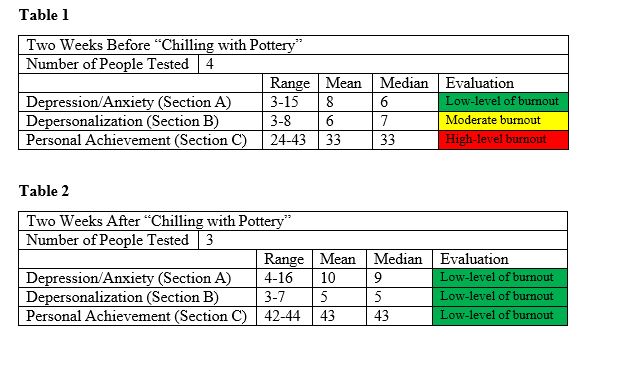
Discussion
Even though the study was underpowered to identify any statistical significance, “Chilling with Pottery” seemed to improve resident’s feelings of depersonalization and sense of personal achievement.
The general understanding of the purpose of the project was to provide a creative and enjoyable activity to prevent burnout among family medicine residents. The project also created an activity outside of the daily setting of the hospital or office setting. “Chilling with Pottery” promoted coping skills like taking time to be creative, removing self from regular working conditions, and communicate with co-workers/family. These positive coping skills helped to prevent feelings of stress and imbalance. When Family Medicine residents are stressed and experience well-being imbalance they can feel: unsure, numb, fearful, inadequate, exhausted, and irritable.
“Chilling with Pottery” event would have increase success for other institutions by increasing participation. Of the 48 invited residents and families, only four residents from the group showed interest and three were able to attend the event. Obviously not all the residents would be able to attend due to work requirements including covering the hospital. Some speculation about the poor attendance could be due to a lack of understanding of the new event. The uniqueness of the experience might have deterred some participation. Cost was not a deterring factor as the Pennsylvania Osteopathic Medical Association Wellness grant removed the financial barrier. The grant covered beverages, food, and the painting pottery experience. In future years, word of mouth and pictures from the event this year might increase interest. Also inviting faculty and their families could encourage more participation in the wellness activity from the residents.
The event might also be more successful at other institutions if the Maslach Burnout Inventory was extended beyond surveying participants after two weeks of completing the event. This would identify the length of the benefits of “Chilling with Pottery”.
Future study could send the Maslach Burnout Inventory to residents that are unable to attend the event. This would develop a control arm of the study. It would also be interesting to see how other specialty residency programs fair with taking the Maslach Burnout Inventory before and after finishing the event. Other forms of art could be compared to determine if listening to music in a concert setting, seeing art in a museum, watching a musical, or the physical act of creating a piece of art promoted more balance in the resident’s life. It would also be interesting to determine if different mediums of art (glazing vs glass blowing vs painting on a canvas) had significant results with reducing burnout.
“Chilling with Pottery” taught being present in the moment. This is especially important when returning to work to face a stressful situation. It also will remind the resident to breathe and take initiative to create balance in their life. The event promoted the use of talking with colleagues about work struggles. “Chilling with Pottery” does emphasize enjoying moments with family even when faced with stressful situations at work. The event promotes the need to take time to step away from work, communicate, and express creativity when faced with stressful situations.
Finally, the beauty of creating a piece of art is to remind you of “Chilling with Pottery”. The principles of balance can be drawn to the forefront of the mind when viewing or using the piece of art. Furthermore, the piece of art provides future wellness events. The resident that glazed a tea pot can have future wellness time sharing tea with friends. Another resident glazed a doggy bowl with her pets names labeled with in the bowl. Spending time with her pets promotes wellness for this resident. A resident recently had twins and glazed a coin bank elephant and owl. These pieces will provide opportunities for spending time with family.
Conclusion
Burnout among physicians is a problem in the healthcare system. One way to combat this problem is creating balance in the physician’s life. Events like “Chilling with Pottery”, promote balance that will prevent against burnout to allow for physicians to provide better patient care. Organizations can fund similar events like “Chilling with Pottery” to help promote wellness with physicians and prevent burnout.
Press Release Summary
On a cold Saturday morning in February, residents from Excela Health Latrobe Family Medicine Residency program enjoyed a time of glazing pottery at Brushes & Beans Café. The wellness event titled “Chilling with Pottery” helped residents develop skills to combat physician burnout. Dr. Witherite-Rieg (President of Pennsylvania Osteopathic Medical Association(POMA)) was also able to attend and provide advice about having balance as a physician after residency, promoting diversity in communities through education, identifying ways to keep current with certification, and explained other opportunities offered through POMA. The event was a success and was made possible with the funding through the Pennsylvania Osteopathic Medical Association and the Pennsylvania Osteopathic Medical Association Foundation.
|







